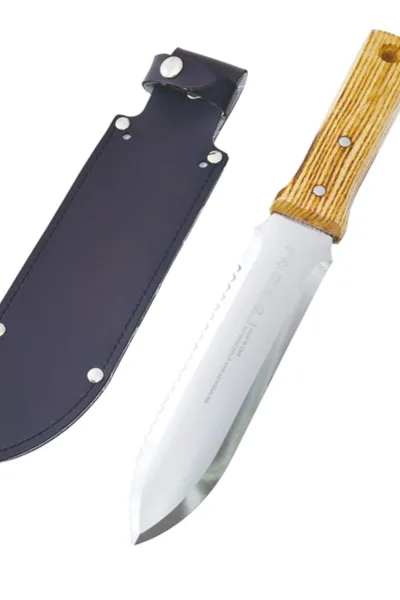When it comes to digging up, dividing, and transplanting perennials from your flowerbeds – fall is the time for action.
And one thing is for sure, that action will pay huge dividends next year in the performance of your flowerbeds. Including healthier plants, more blooms, and far less weeds in your beds. (Be sure to see video below for more on that subject!)
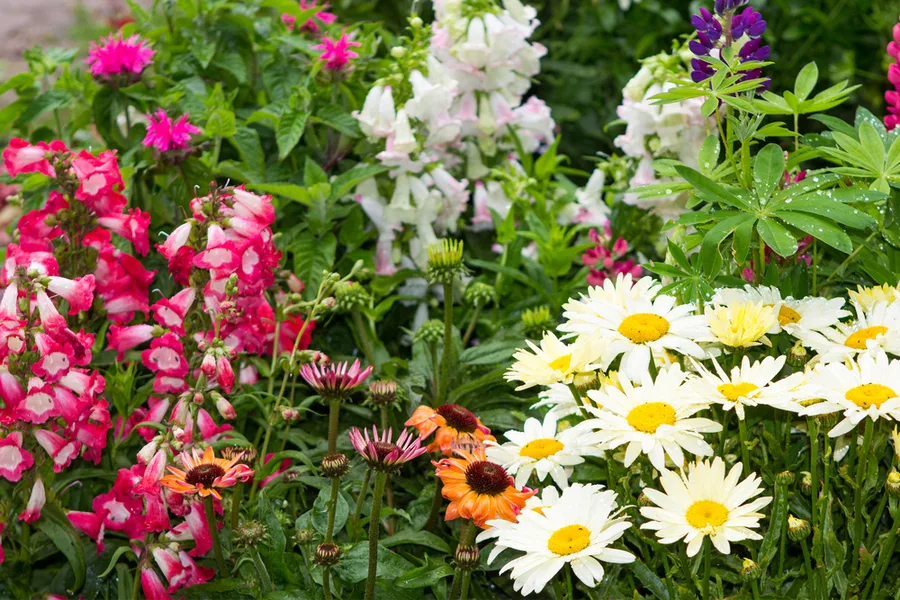
Dividing perennial plants on a regular basis has a whole slew of advantages for both the gardener and their plants. For starters, it’s an excellent way to keep plants healthy and manageable over time.
Perennials that remain in the soil for too many years begin to experience issues. As their roots become overcrowded, it becomes difficult to absorb the nutrients and moisture plants need from the soil.

When this happens, not only do plants struggle to grow, their blooming cycles diminish, or in some cases, stop all together.
But dividing your perennials ever few years solves this issue. And beyond keeping root structures healthy and blooms strong, it also creates a slew of additional plants – all for free!
And it’s those extra divisions that can help you pack your flowerbeds full of plant life. Not only will it help to keep weeds out naturally with a thick coat of foliage, it also means less mulch and mulching chores too! See: How To Keep Flowerbeds Weed Free
Here is a look at how to divide your perennials like a gardening pro this fall with 7 simple secrets.
How To Divide Perennials – The Success!
#1 Select Healthy, Mature Plants
The best way to create a strong new start from a perennial plant is dividing from a healthy, mature plant. Select larger plants with good foliage and strong growth habits.

This will allow for plenty of root area to create new stock, giving the transplants an easier time to re-establish.
#2 Work When The Soil Is Dry
Don’t attempt to transplant after heavy rains or watering. Allow the soil to dry out a bit before digging up plants.
Wet, overly soggy soil makes it easy for mud to compact onto roots. This, in turn, makes it hard for plants to get the oxygen and nutrients needed for survival.
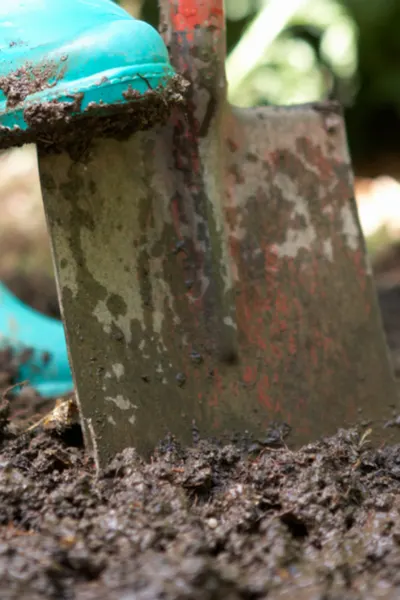
#3 Dig Outside Of The Root Zone
When digging out plants, always remove as much of the root mass as possible. The roots of a perennial plant are its lifeline, and the more you remove, the better chance of survival for new divisions.
Use a sharp shovel to dig an inch or two out from the edge of the root zone. For most perennials, their root zone will be equal to the outer most edge of the foliage.
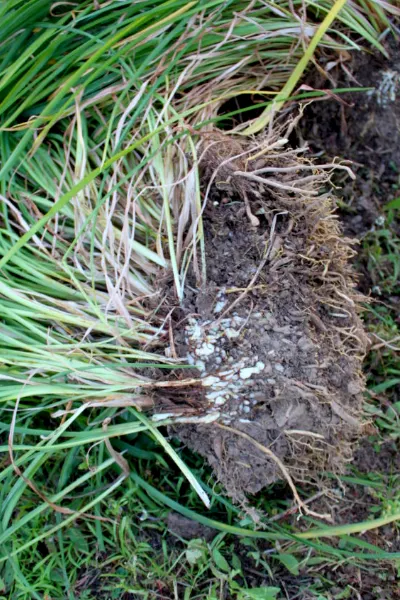
Loosen the soil around the entire plant first, and then dig deep under the roots to pop the plant up from the ground.
#4 Divide Perennials From The Bottom
Instead of trying to split perennial plants from the top down, split from the roots through the plant.
Once your perennial has been lifted from the ground, turn it over so the foliage is face down. Next, using a sharp shovel or knife, divide by cutting down through the roots.
By flipping the plant over, it reveals the entire root structure, allowing you to split the plant in even sections. This is where our Hori-Hori knife is amazing. It slices through the toughest of perennials roots with ease. Product Link : Hori Hori Horticultural Knife
By cutting the roots in like-size sections, new plants will grow to about the same size as they mature. This is great for keeping flowerbeds looking uniform and well-groomed.
#5 Transplant Quickly
Here is a big hint : don’t keep transplants lying around for days to plant. The quicker a divided perennial is planted, the better chance it has to settle in and establish a few roots before winter.
Transplant to a new location as soon as you dig and divide, being careful not to let the roots dry out completely.
#6 Build Nutrients Into Your Planting Holes With Compost
When transplanting, always add compost into the new planting hole along with the soil in the beds. Compost is not only full of nutrients, it also helps retain moisture around the roots of plants.
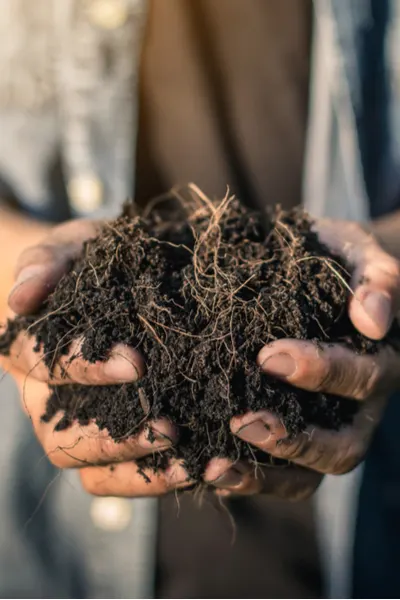
Even more, it’s loose and airy make-up is perfect for new roots to become easily established. When transplanting, we fill all of our transplant holes back in with a 50/50 mix of soil and compost.
And don’t worry if the new transplants foliage drops off or dies back in the fall. Most are completely finished growing by fall up top, and they are simply heading into dormancy. But by getting these plants split and in the ground in the fall, it allows the roots to be ready to grow strong the following spring.
# 7 Creating A Holding Bed
So what if you don’t have a place for your new plants just yet? Then create a holding bed!
You can use a small corner of your property, or an unused space in your vegetable garden to hold plants now until you need them next year.

Holding beds are a great way to establish and keep new plants over winter. We have used them for years to grow hundreds of starts until we need them for new beds or a different look in the landscape.
It’s also a great way to give a few plants away next spring to friends and family as a little spring gift!
Here is to dividing and transplanting your perennials this fall – and to healthier, more productive flower beds next year! Happy Gardening – Jim and Mary
Jim and Mary Competti have been writing gardening, DIY and recipe articles and books for over 15 years from their 46 acre Ohio farm. The two are frequent speakers on all things gardening and love to travel in their spare time.
As always, feel free to email us at thefarm@owgarden.com with comments, questions, or to simply say hello! You can sign up for our free email list in the subscribe now box in the middle of this article. Follow us on Facebook here : OWG Facebook. This article may contain affiliate links.

